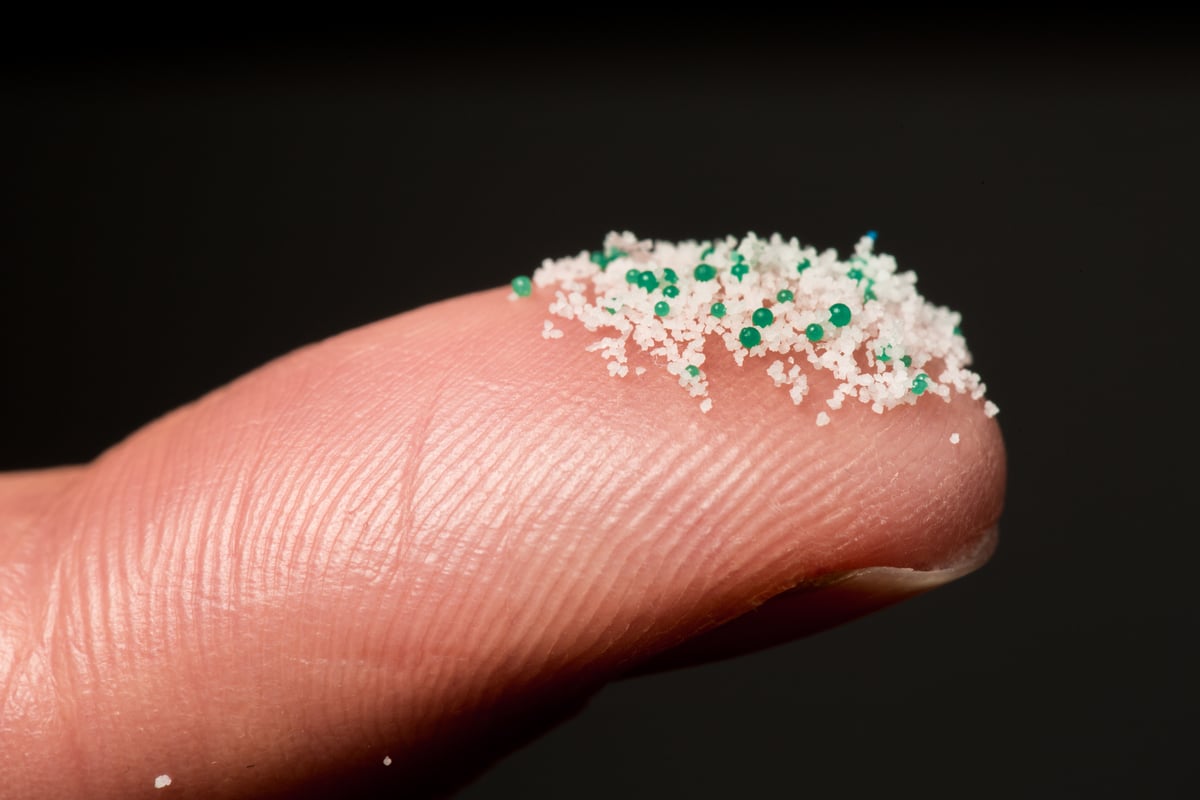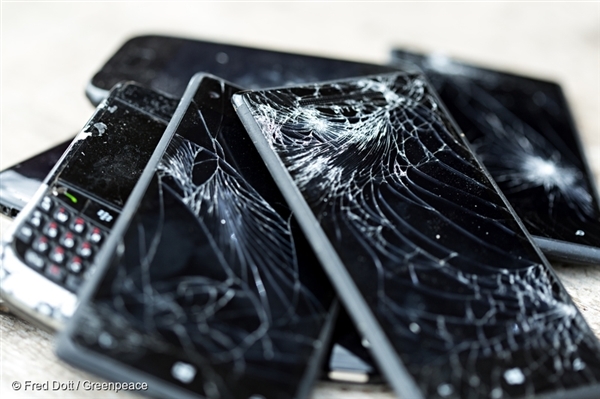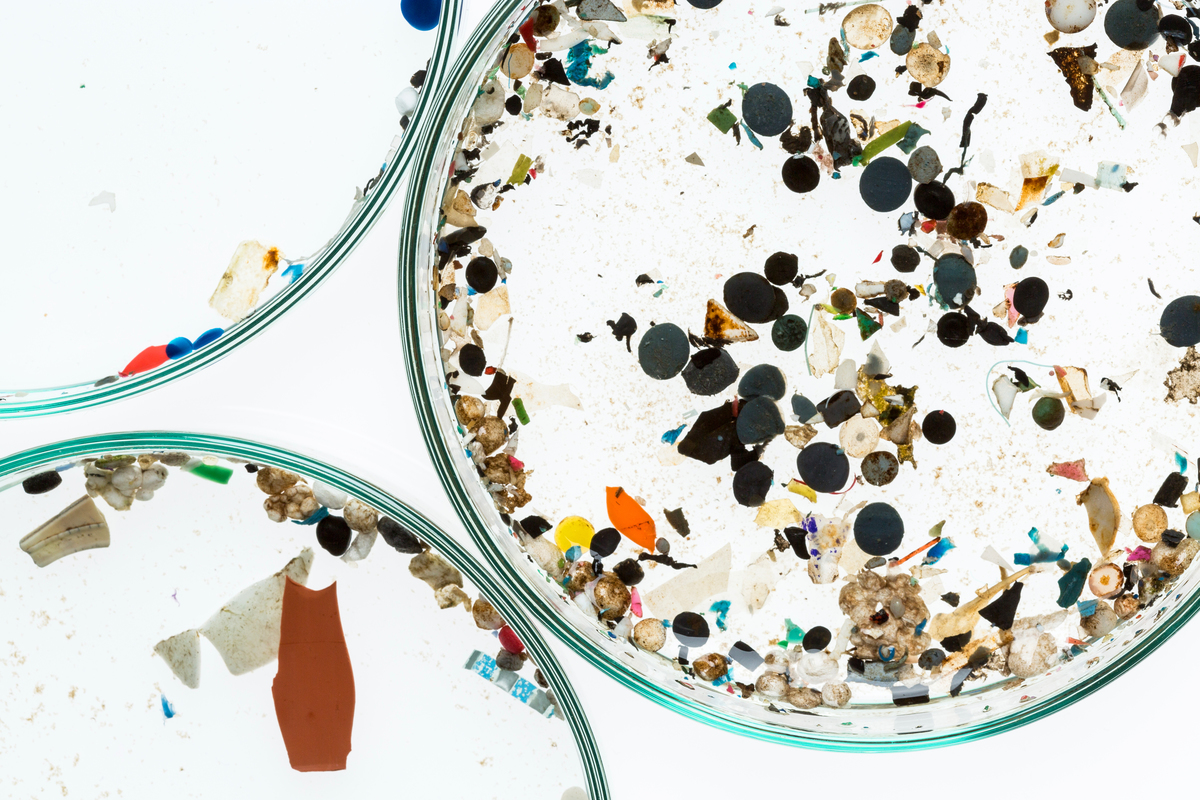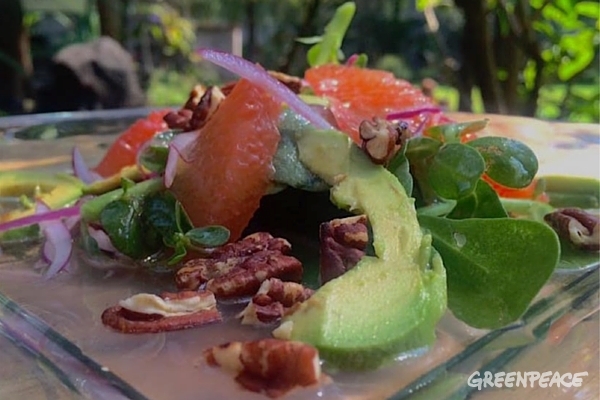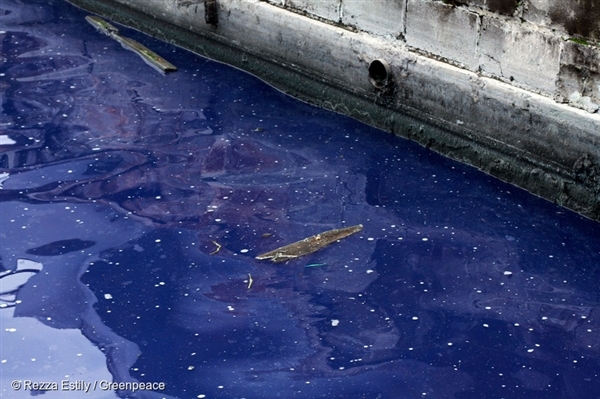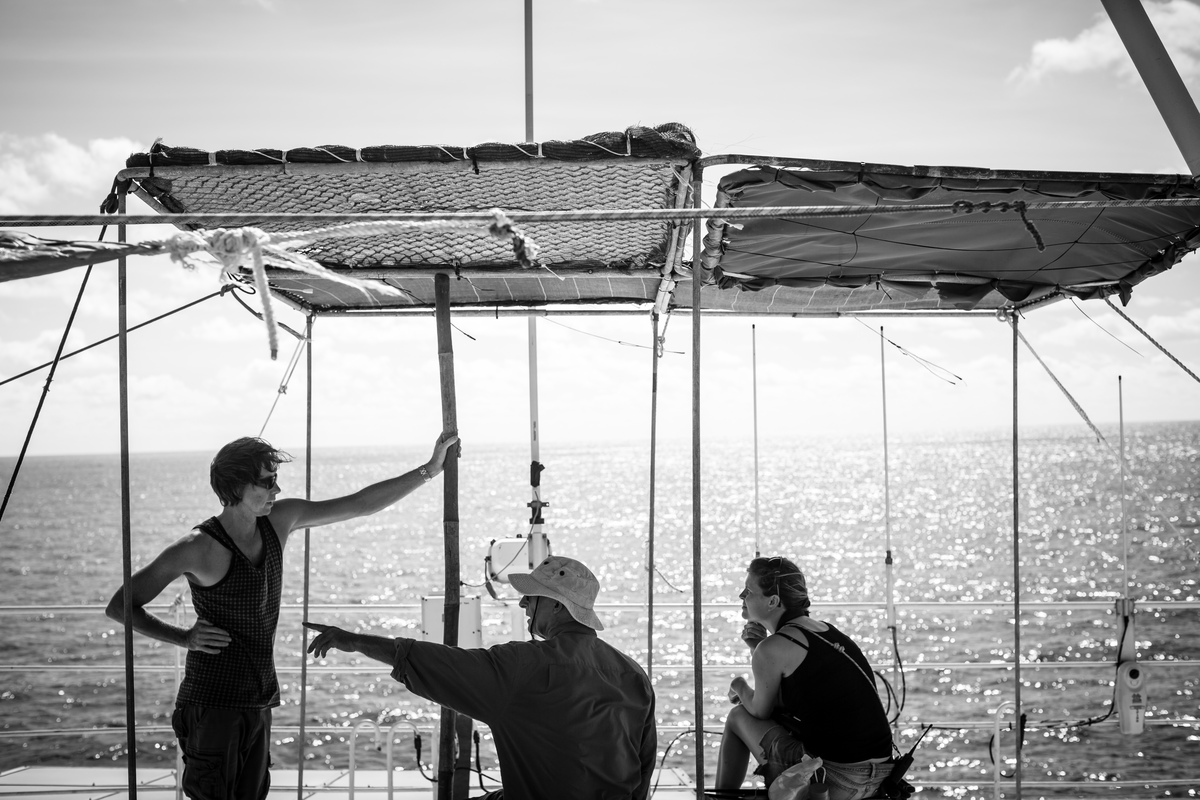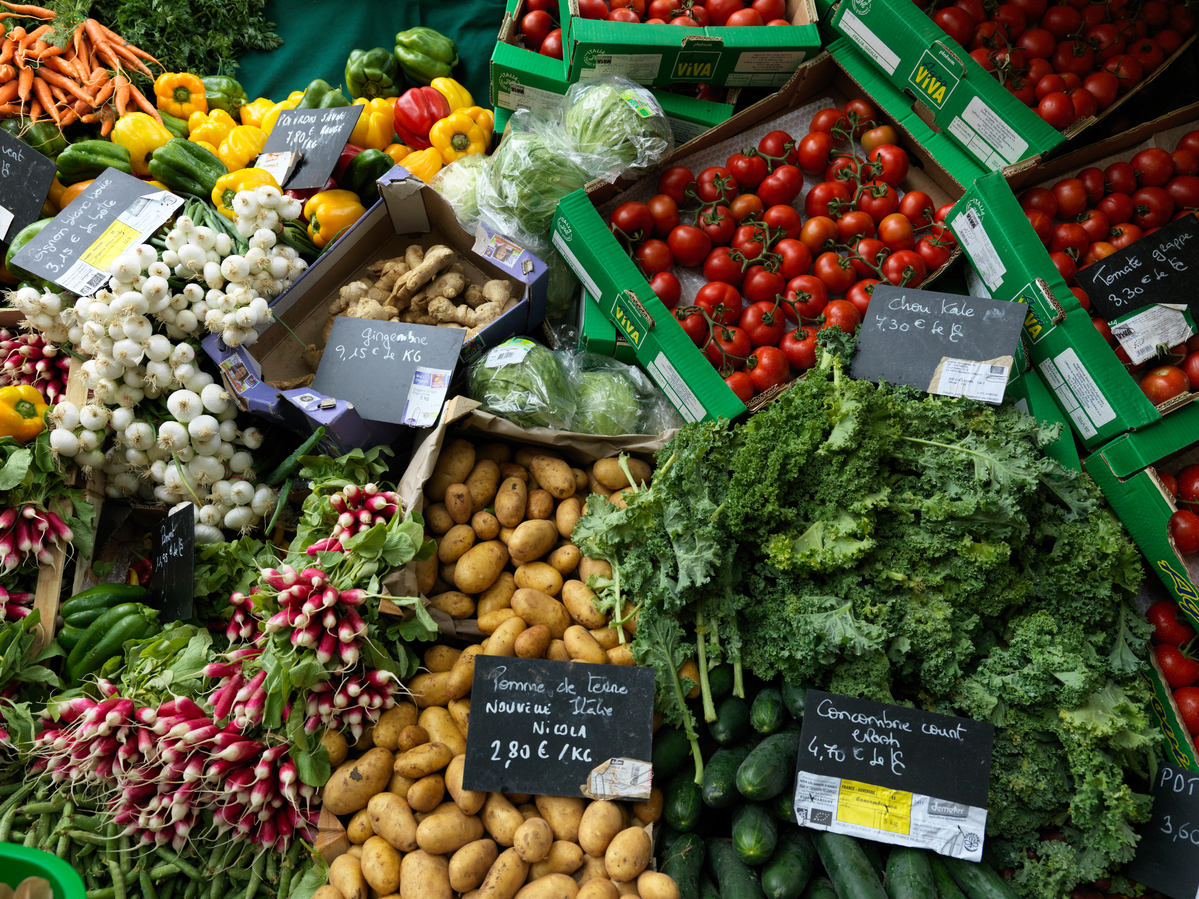All articles
-
Microbeads: How did companies respond?
Back in July, Greenpeace East Asia ranked 30 global companies to see how they measured in terms of their commitment to phasing out microbeads – the tiny terrors that are often found in shower gels and facial scrubs, and are known to wreak havoc on our ecosystems and marine life.
Taehyun Park4 min read -
Why fixing your phone is one of the most empowering things you can do
Like most people, I don’t go anywhere without my phone. In the morning, its shrill alarm rouses me from sleep. During the day it bobs between my ear, my hand, and my pocket. At night, I hunt for Pokémon before putting it away on the nightstand. My phone is my MP3 player, my camera, and…
Kyle Wiens4 min read -
6 amazing plastic bans from around the world
Good news! Plastics bans across the world have been hitting the headlines lately. From the US to India and Morocco, governing bodies are taking control of the plastic pollution problem, bringing in either complete bans on plastic, or bans on specific forms like polystyrene.
Fiona Nicholls3 min read -
From L’Oréal to Revlon, which brands are polluting the ocean with microbeads?
After discovering that 170 types of seafood contained traces of microplastics, Greenpeace East Asia decided to put 30 of the world’s biggest cosmetic and personal care brands to the test.
Taehyun Park3 min read -
Personal care products may still be polluting oceans despite promises by companies says Greenpeace
Seoul, 20 July 2016 – A ranking of the world’s 30 largest personal care companies, published today by Greenpeace East Asia, shows that big brands are failing to remove microplastics from their products. The ranking shows that voluntary corporate commitments to end use of microbeads that pollute rivers and oceans are not working. Governments must…
Greenpeace International2 min read -
Greenpeace: Nike, Esprit, Victoria’s Secret and LiNing fail toxic-free fashion ranking
Hamburg, 5 July 2016 – Greenpeace International today releases its Detox Catwalk, assessing how effectively 19 major fashion brands are cleaning up their supply chains of toxic chemicals. Inditex (which owns Zara), H&M and Benetton are the only three “Avant-Garde” companies on track to clean up their chains as promised by 2020, while Victoria’s Secret…
Greenpeace International3 min read -
3 plant-based recipes you need to try this World Meat Free Day
Next Monday is World Meat Free Day, a great time for all of us to stop and think about the impact of our eating habits on our health – and the health of the planet. Animal agriculture in particular leaves a huge mark on the environment: from water pollution to deforestation to climate change. But…
Dawn Bickett3 min read -
This court victory in Indonesia could send shock waves across the fashion world
Indonesia's textile industry is worth a whopping US$20 billion, and supplies global fashion brands around the world. It has also left a huge environmental footprint. But a recent court victory could change everything. The question is: will big fashion brands catch up fast enough?
Ahmad Ashov Birry3 min read -
Turning ocean destruction into brighter ideas
Deployed in their thousands and killing non-target species in their millions, fish aggregating devices (FADs) are a scourge to our oceans, devastating marine life to supply companies like Thai Union.
Tom Lowe2 min read -
5 helpful vegetarian diet tips for meat-free newbies
Cutting back on red meat and dairy can be one of the biggest steps to reduce your carbon footprint. While Greenpeace campaign for renewable energy and a transition from fossil fuels, we're also looking at other ways we can protect ourselves and the environment.
Rashini Suriyaarachchi4 min read

